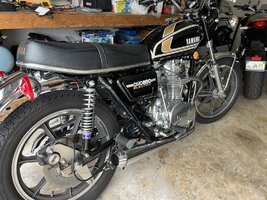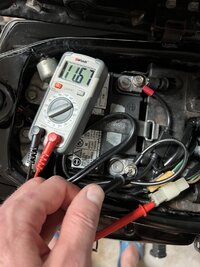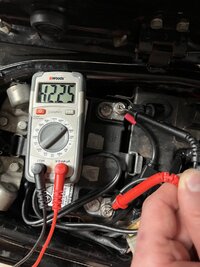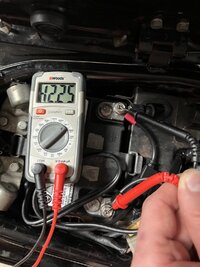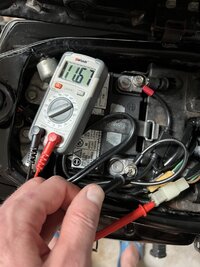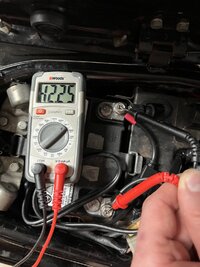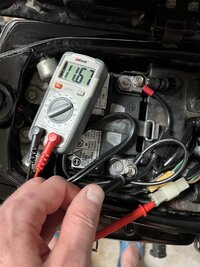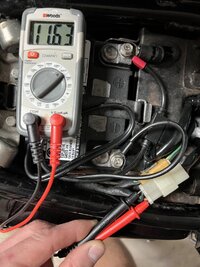75XSFLORIDA
XS650 Addict
Yes those digital volt meters do a have a bit of lag designed in. That's normal.
If you can keep the VOM probes in contact by hand that's fine.
Cleaning your ignition switch contacts inside should remain on your todo list. Water gets in at the key slot and goes down to the contacts, any origianl grease is now old and dirty the copper gets corroded 'specially in Fla. The switch is not super hard to R&R work over a cookie sheet so any small parts don't get lost while you're working.
A how to;
https://www.xs650.com/threads/ignition-switch-overhaul.46712/
your 75 will be very similar inside
Got it!
So I just took her on a 10 minute ride and no matter how high revved the engine, no matter what gear I was in, the most I would see across the voltmeter was 14.9. That’s with the headlight OFF….So it looks like everything is spot on now.

